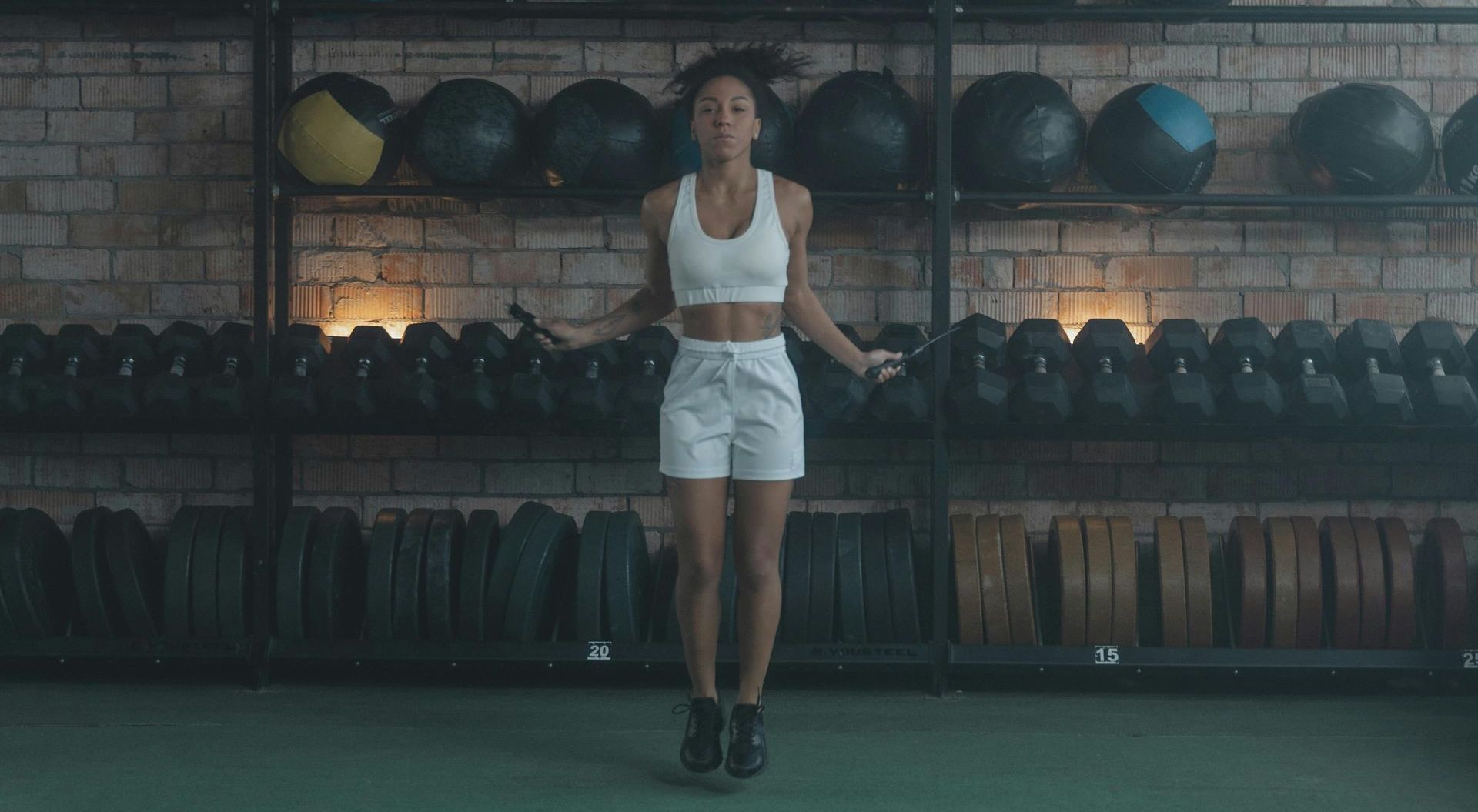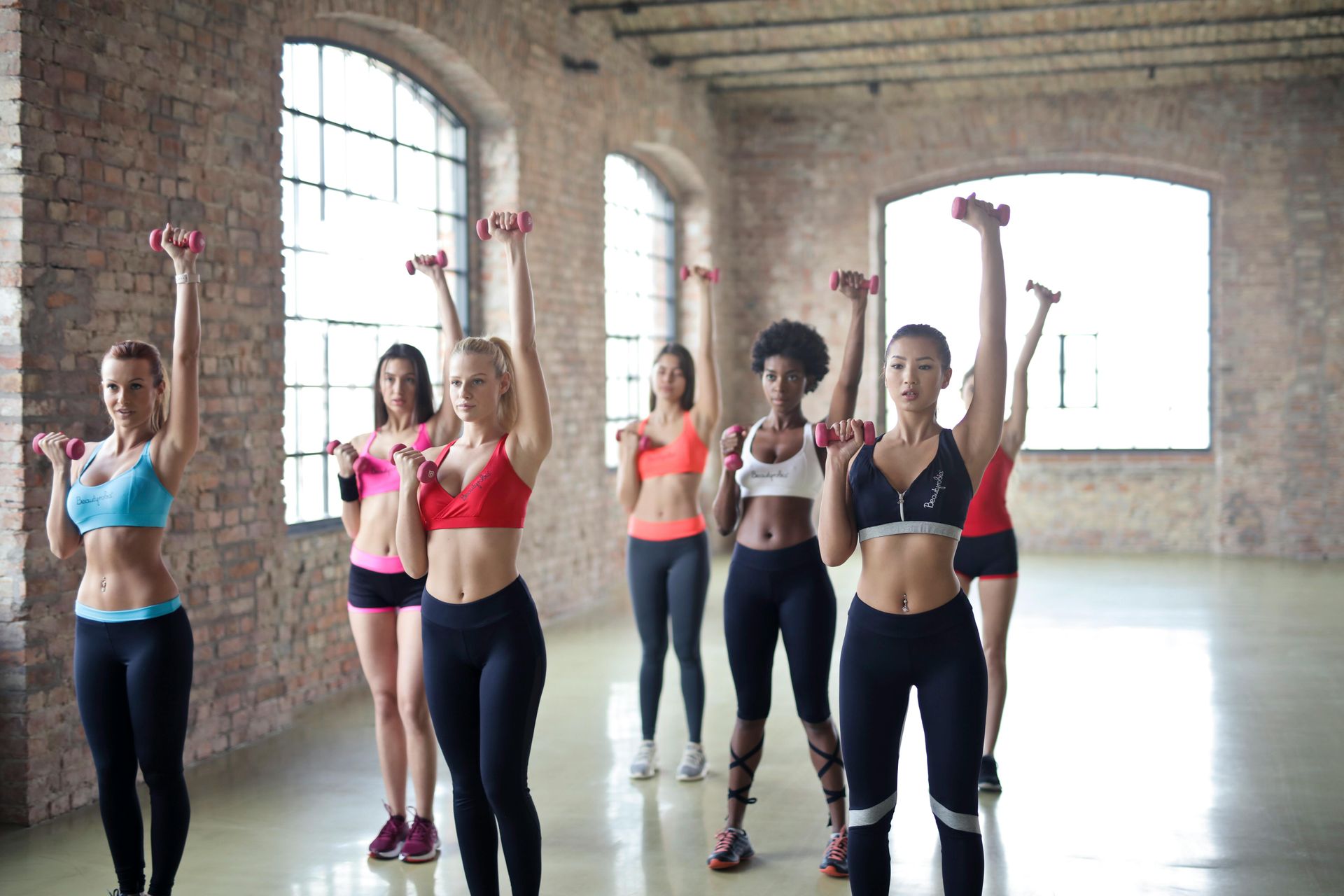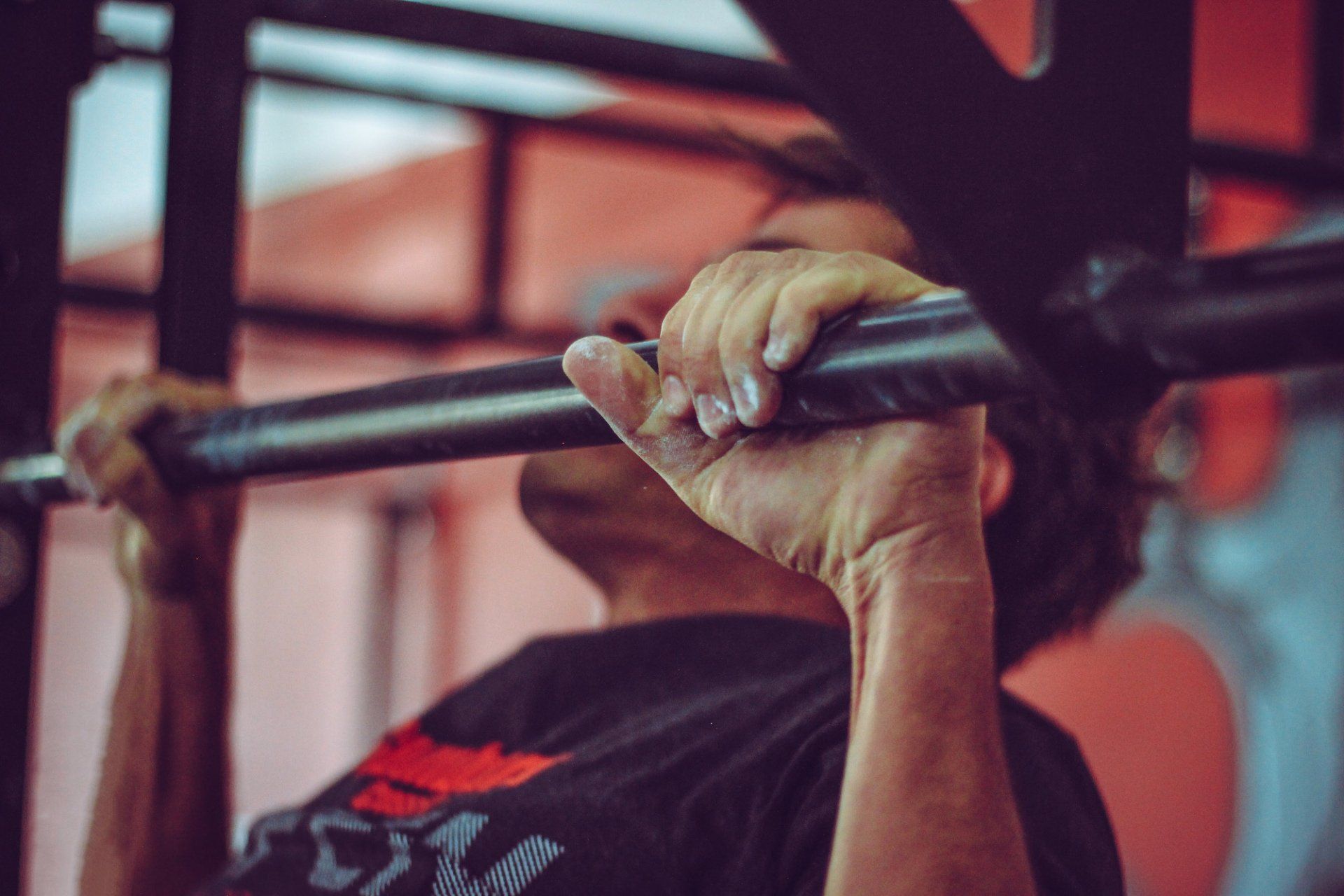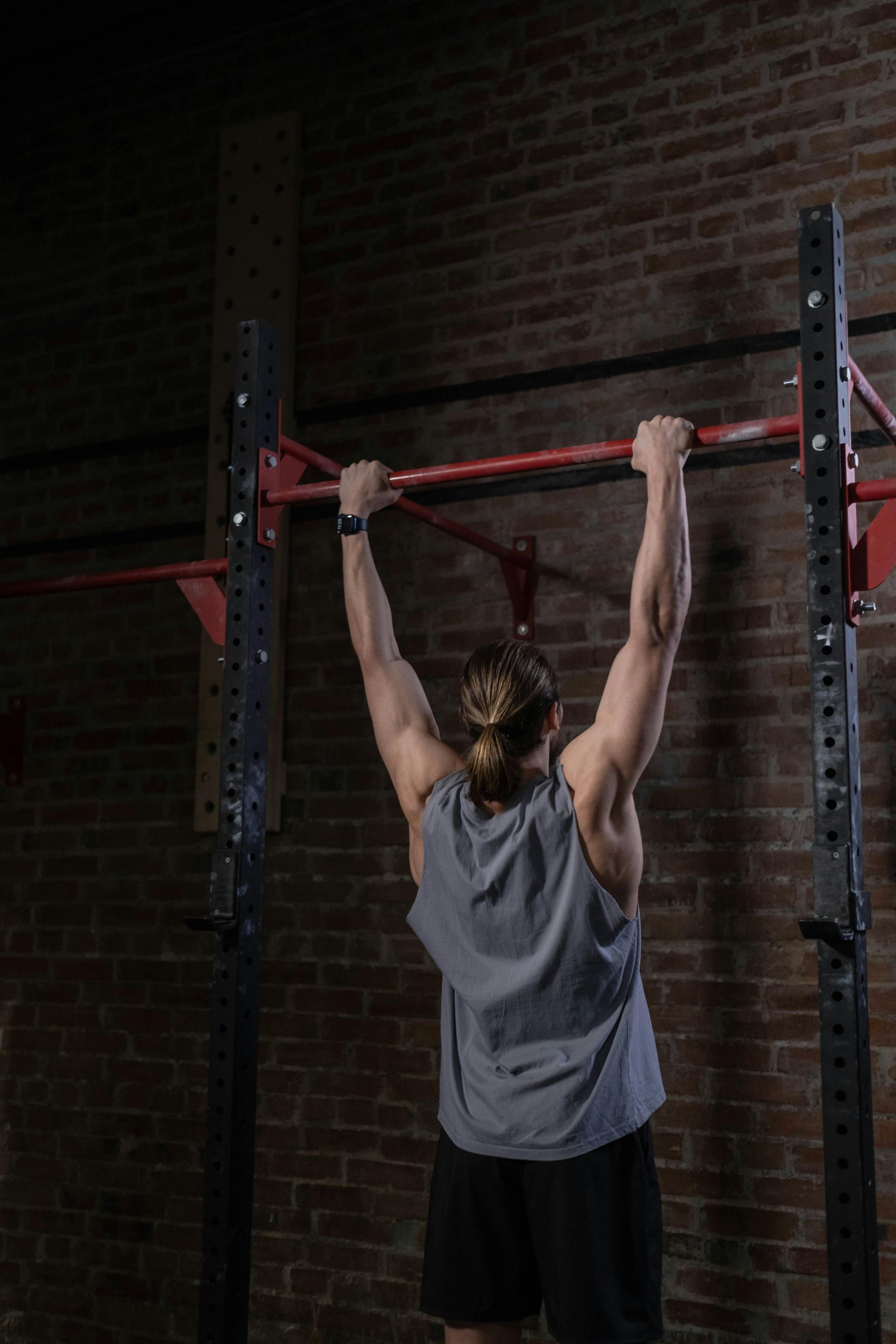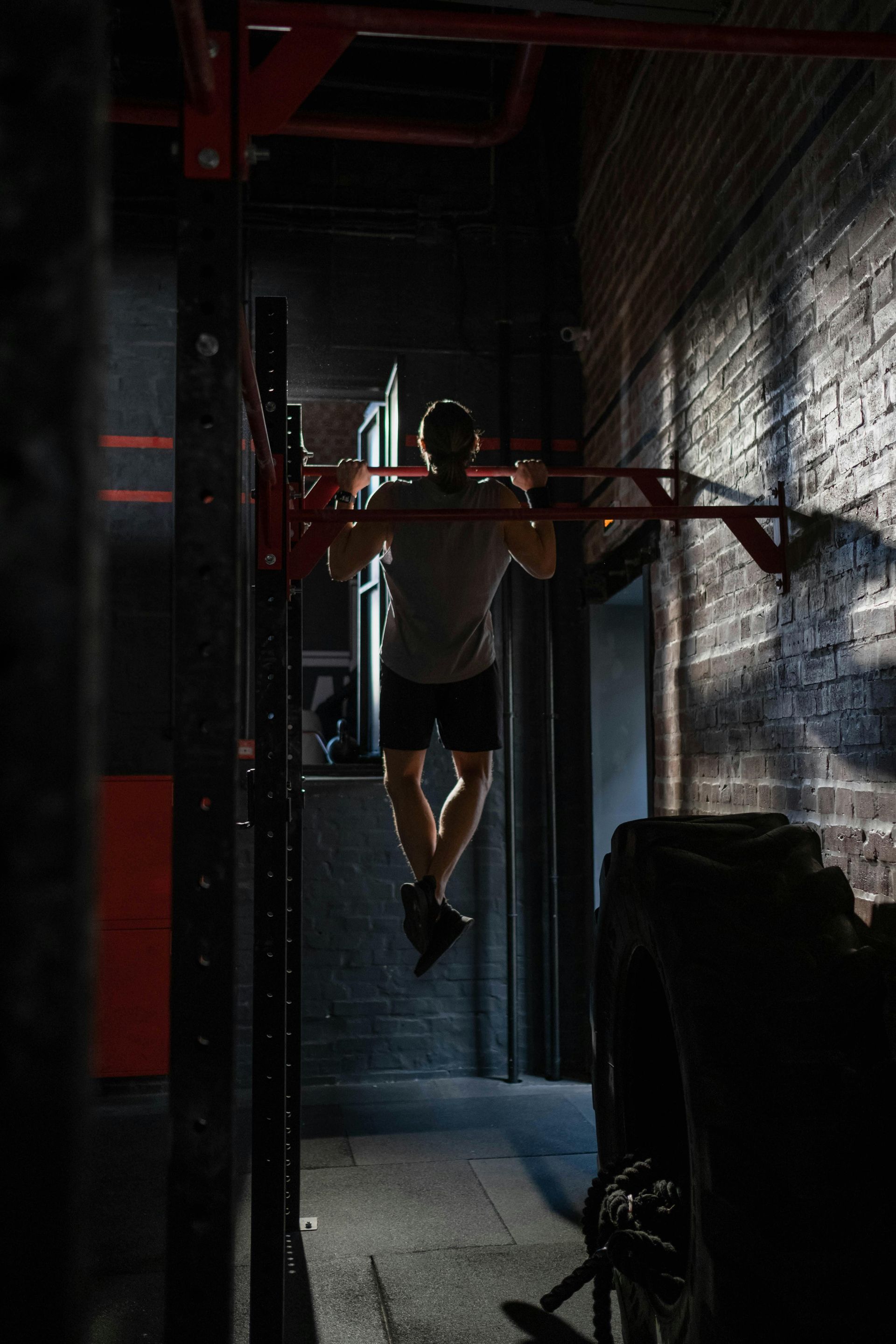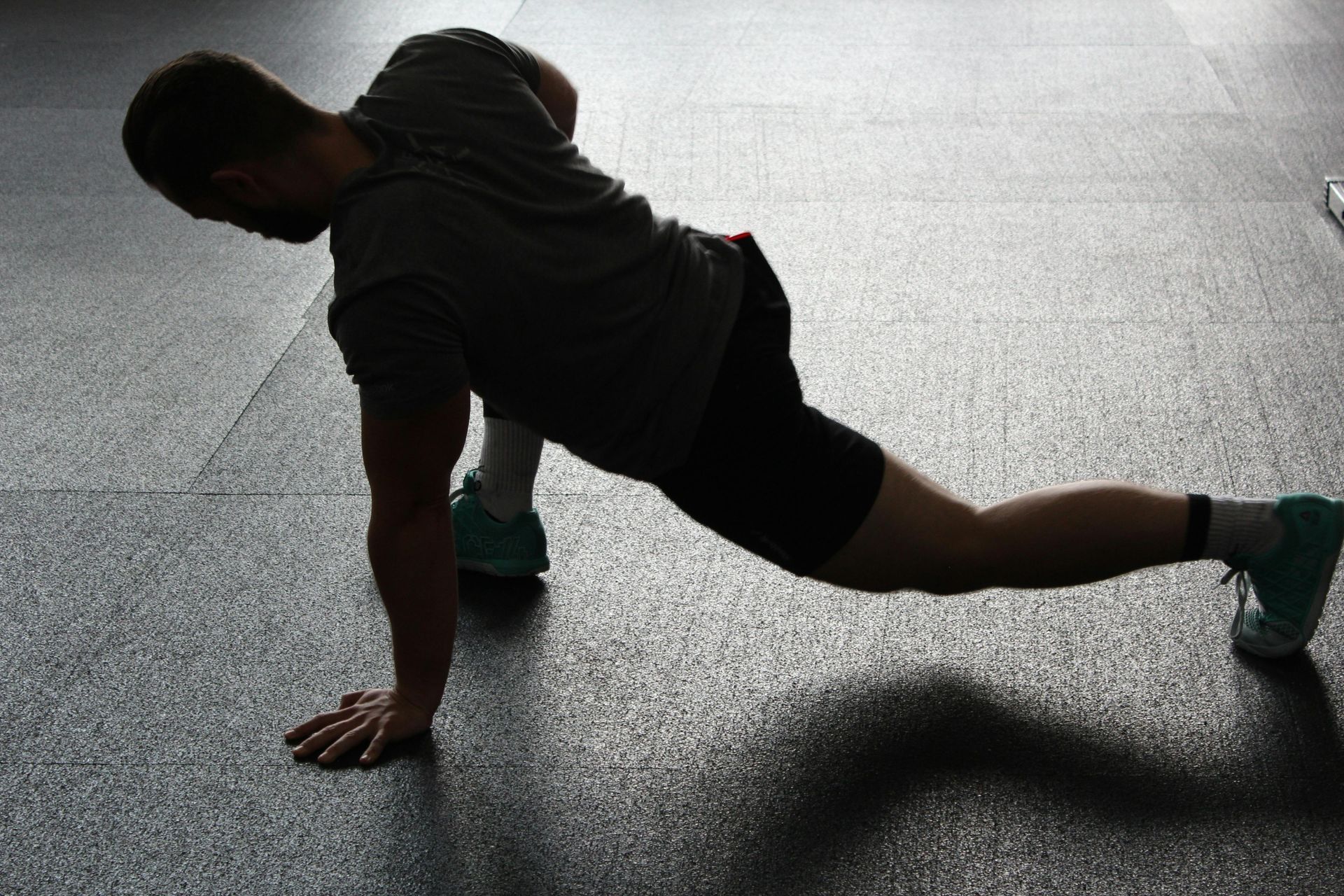Mastering the Chest-to-Bar Pull-Up
Technique and Scaling Options
The chest-to-bar pull-up is a high-skill movement that challenges your upper body strength, endurance, and coordination. As you pull your chest up to touch the bar, you engage multiple muscle groups, including your back, shoulders, arms, and core. Whether you're working towards your first chest-to-bar pull-up or refining your technique, understanding the progression and scaling options can help you achieve this movement safely and effectively.
The Technique: Proper Form for Chest-to-Bar Pull-Ups
The chest-to-bar pull-up differs from a standard pull-up in that you need to bring your chest into contact with the bar, rather than just your chin. Here’s a breakdown of how to perform the movement with correct form:
1. Grip the Bar: Grab the bar with your hands slightly wider than shoulder-width apart, using a full grip (thumb wrapped around the bar). A slightly wider grip can give you better leverage.
2. Engage Your Core and Lats: Before you pull, make sure your core is tight and your lats (the large muscles in your back) are engaged. This helps protect your shoulders and sets up a stronger pull.
3. Initiate the Pull: As you start pulling yourself up, drive your elbows down toward your hips, keeping your shoulders away from your ears. Use the power of your back and arms to lift your body.
4. Hit the Bar with Your Chest: Continue pulling until your chest touches the bar, focusing on driving the movement with your lats and squeezing your shoulder blades together. Maintain a hollow body position to keep your core engaged.
5. Control the Descent: Lower yourself down with control to avoid unnecessary strain on your shoulders and elbows. Fully extend your arms at the bottom before starting the next rep.

Scaling Options for Chest-to-Bar Pull-Ups
If you're not yet able to do a chest-to-bar pull-up, no worries! There are plenty of scaling options to build the strength and technique needed to master this move. Here’s a ladder of progressions to guide your journey:
1. Ring Rows
Ring rows are an excellent way to build upper body pulling strength and practice engaging your core. Adjust the difficulty by changing the angle of your body—walking your feet closer to or farther from the anchor point of the rings.
- How to perform: Keep your body in a straight line, pull the rings to your chest, and squeeze your shoulder blades together at the top. Lower yourself with control and repeat.
2. Banded Pull-Ups
Using a resistance band can assist you in completing pull-ups by reducing the amount of body weight you have to lift. This is a great way to practice the mechanics of pull-ups while developing strength.
- How to perform: Loop the band around the pull-up bar and place one or both knees inside the band for support. Perform pull-ups as usual, focusing on using your lats and pulling your chest toward the bar.
3. Jumping Chest-to-Bar Pull-Ups
Jumping chest-to-bar pull-ups can help you get used to the range of motion required for chest-to-bar pull-ups. By adding a jump, you reduce the pulling load and focus on the top portion of the movement.
- How to perform: Set up a box or step under the bar so you can jump to the bar. Jump up and pull your chest toward the bar, using the momentum to help you reach the full range of motion.
4. Negative Pull-Ups
Negatives focus on the eccentric (lowering) phase of the pull-up, which builds strength and control. This is an important progression for anyone working on their pull-up technique.
- How to perform: Jump or use a box to get your chest to the bar, then slowly lower yourself down to a full arm extension. Take 3 to 5 seconds to control the descent.
5. Kipping Pull-Ups
Kipping pull-ups introduce momentum from your hips to make the movement more efficient, allowing you to string together multiple reps. Kipping chest-to-bar pull-ups use the same technique, but with the added goal of getting your chest to the bar.
- How to perform: Initiate the movement with a controlled swing, generating power from your hips and pulling your chest toward the bar. Focus on timing the pull with the swing of your hips.
6. Strict Pull-Ups
Before moving on to chest-to-bar pull-ups, it’s essential to have a strong base with strict pull-ups. Strict pull-ups rely solely on your upper body strength without using momentum, making them an important step in building the necessary strength for chest-to-bar pull-ups.
- How to perform: Pull yourself up from a dead hang until your chin clears the bar. Lower yourself with control, focusing on your form and muscle engagement.
Mastering the Movement: From Chin to Chest
Once you’ve built a strong foundation with pull-ups and kipping movements, you can begin working towards your chest-to-bar pull-ups. Start with the techniques and scaling options mentioned above, and gradually increase the difficulty as you build strength.
When you’re ready to tackle chest-to-bar pull-ups, make sure to:
- Warm up properly: Shoulder mobility and lat activation are key. Incorporate dynamic stretches and warm-up drills to ensure your muscles are primed.
- Practice regularly: Consistent practice will help you develop the muscle memory and endurance needed for chest-to-bar pull-ups.
- Listen to your body: Don’t rush the process. Focus on form and gradually scale up as your strength improves to avoid injury.
Ready to level up your pull-up game? Join our community and work on your chest-to-bar pull-ups with personalized coaching and scaling options!
If you're new to cross training, we offer scalable workouts designed to meet you where you are—whether you’re mastering strict pull-ups or kipping chest-to-bars. Come train with us and start making progress today!
Want to learn more about improving your chest-to-bar pull-ups? Schedule a free consultation with one of our coaches! Let's take your fitness to the next level.
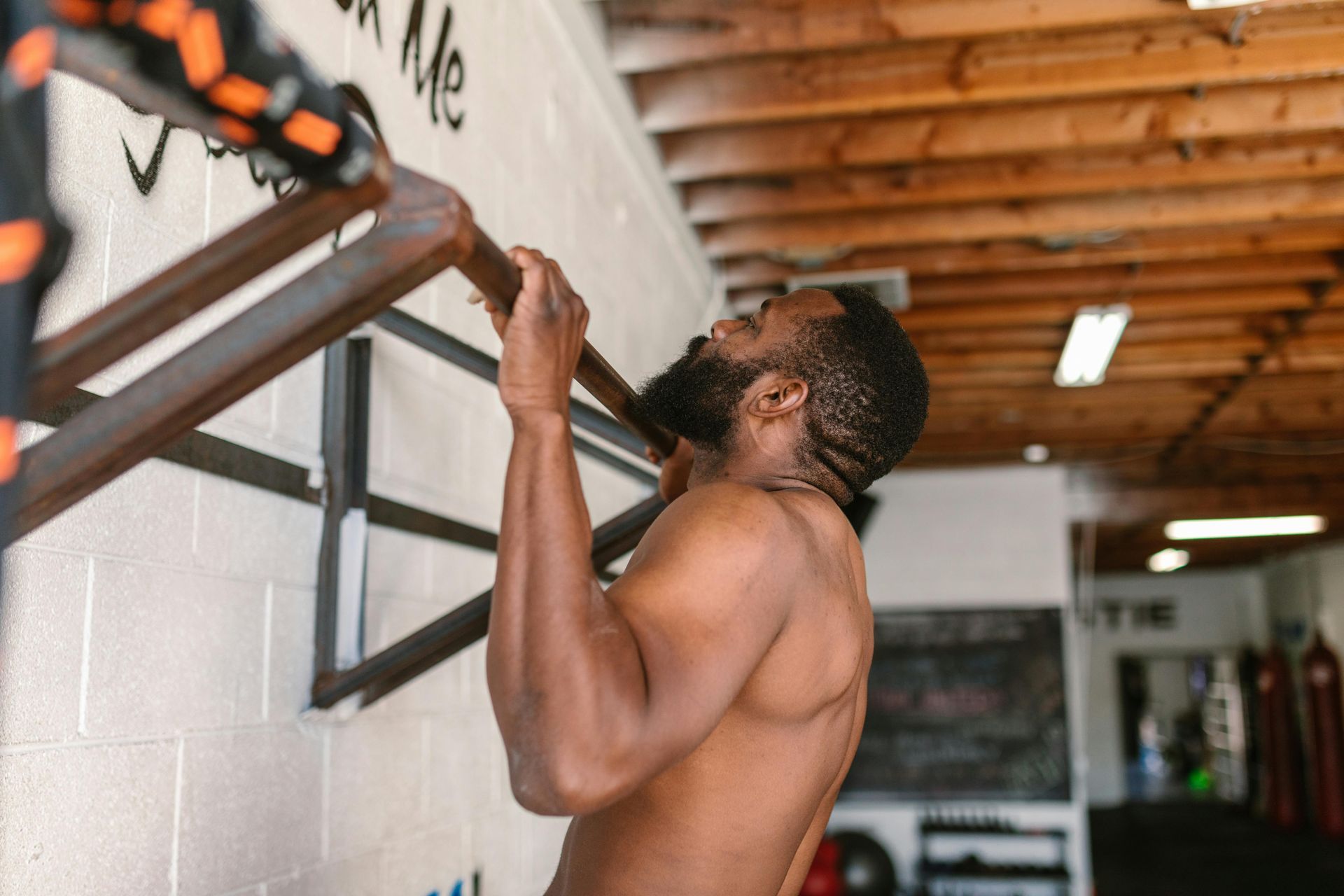
Mastering the chest-to-bar pull-up is no small feat, but with the right technique, practice, and scaling, it’s an attainable goal. Whether you're just starting with ring rows or you’re ready for strict chest-to-bar reps, there’s a progression that will work for you. Stay consistent, challenge yourself, and enjoy the process of getting stronger every step of the way!
Come train with us and conquer the bar! Sign up for a class today to get started on your pull-up journey.
